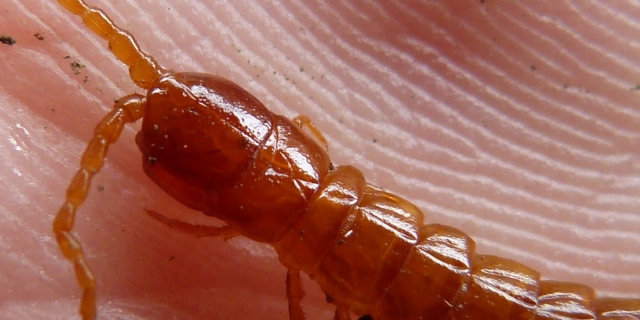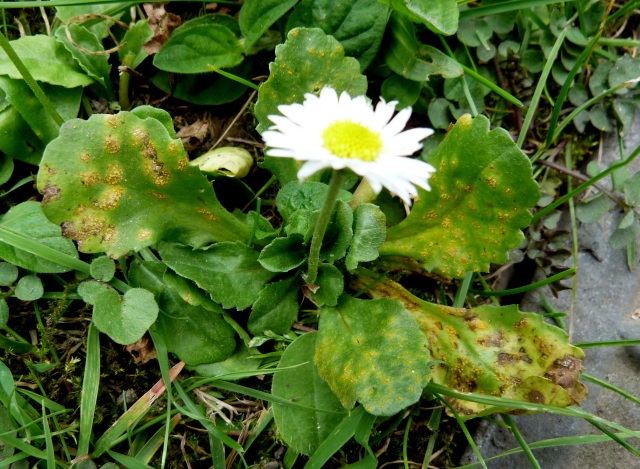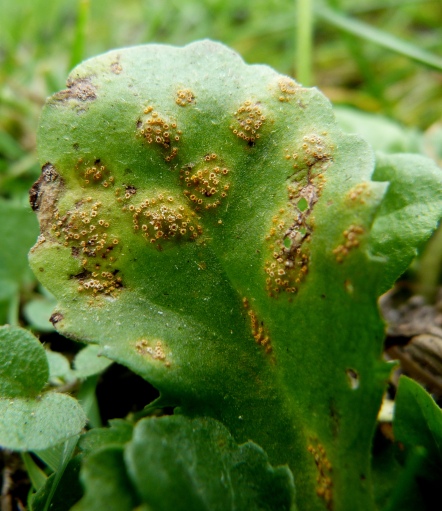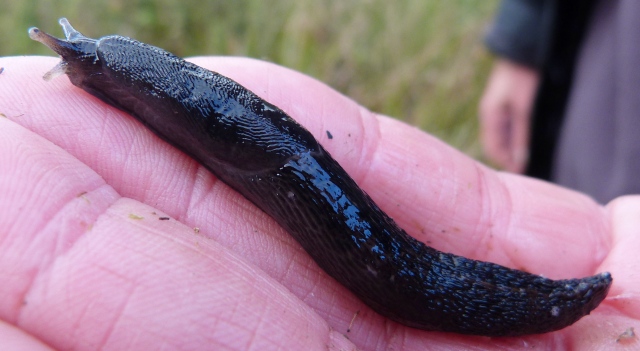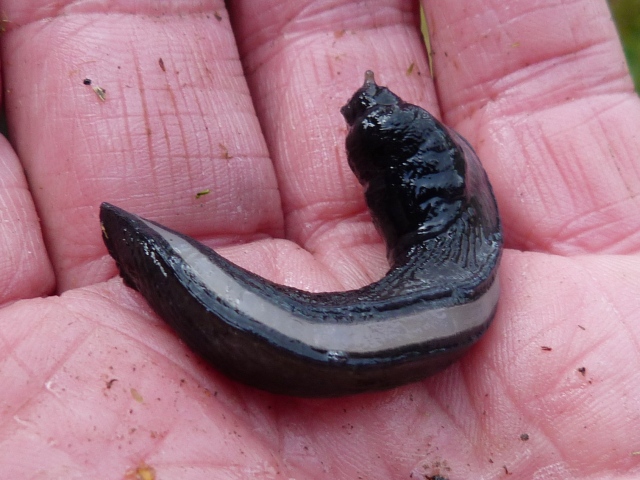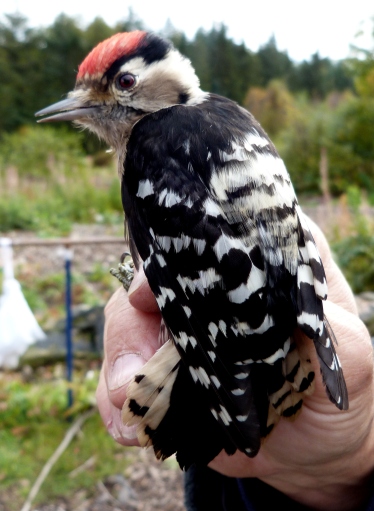With the birth of my first child early this year alot of my adventures have involved pushing a pram around my local parks! I have however learnt so much and have been inspired by so many fellow naturalists that I’m very excited about 2013!
There have been plenty of personal discoveries as well as a couple of locally significant ones. Here is just a small selection of highlights from this year;
Early in the year when I was pushing a pram around my local park I stooped to upturn a log in order to in investgate. Underneath was the largest centipede I had ever seen! I immediatly knew what it was as a friend and myriapod expert had found this centipede in this area the previous year when it was a first for Sheffield. The centipede is Crytops annomalans, a rare centipede that shouldn’t really be up here in Sheffield but more down London way and was probably introduced via garden waste of some sort. It is our largest centipede here in Britain.
21 pairs of legs and its large size are enough to nail this one but a final feature to look for is an x shaped suture on the 2nd body segment, photographed below;
I found two species of fungi new to the wider Sheffield area this year. The first a rust fungus called Puccinia distincta which occurs on Common Daisy (Bellis perennis);
The other was a mildew called Phyllactinia fraxini found on Ash (Fraxinus excelsior);
Mildews generally form on the upper sides of the leaves. This mildew however I could only find on the underside which was interesting. The leaf is covered in a white down and also some orange and some black coloured spheres. In these spheres the fungal spores are ripening and these will eventually burst and release the spores.
In the Autumn I was lucky enough to spend a day with an expert gastropodologist (snails and slugs). During that day we found many species that we expected to find on the site that we were on, but there was a great surprise when we found the rare Ashy-grey slug (Limax cinereoniger). It’s generally to be found in ancient woodland so we didn’t expect to find it in the young woodland where we were. A new record for that area of Barnsley.
A large black slug with a brownish keel along its back running right to the end of the tail. The mantle has a pattern like that of a fingerprint. These are helpful features in identifying it, along with its divided sole;
This year I started training to aquire a bird ringing licence. It’s been great fun as well as fascinating learning so much more about the commoner birds that we sometimes take for granted.
I processed a total of 156 birds with 29 different species. Unfortunately I wasn’t there for the elusive Water Rail or the mega rare Little Bunting but I was there for the Lesser Spotted Woodpecker (Dendrocopus minor).
Like I said, just a few highlights.
In regards to this post I would like to thank friends and fellow naturalists Paul Richards, Steve Clements, Robert Cameron and Steve Samworth.
I would also like to thank Phil Lawson, Geoff Mawson, Margaret Redfearn, Tom Higginbottom, Derek Whiteley, Andrew Hill and Jim Flanagan for all their help, encouragement and investment in myself over the past year. I look forward to adventuring with you all over the next year!
Finally I would also like to thank everyone who has taken an interest in the blog over the last year and I hope you stick around for 2013.
All photos – Ashley Watson.


